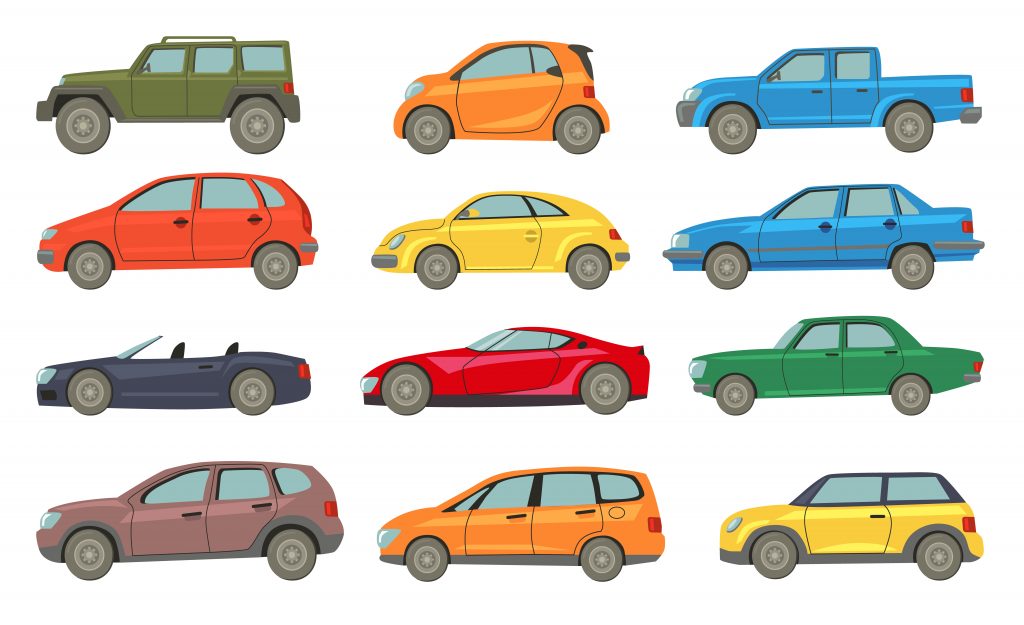Developing the Concepts is about finding the key aspects, dimensions and perspectives on whatever the analysis aims to understand. The development of Concepts is likely to result in a “model”, specifying which aspects you include in your analysis (other aspects may be relevant, but if they are not included in the Concepts they will not be part of the analysis).
When you specify the Concepts for analysis you must do two important (and hard) things:
- Choose perspective. Many things, especially complex such, can be seen from different perspectives. This means we emphasize different aspects and perhaps make certain assumptions.
- Simplify. We cannot include everything in the Concepts, it would be to complicated to make sense of. Instead, i key part of developing the Concepts is to simplify – but to simplify in a relevant way.
An example of an effective simplification, where a few key aspects are highlighted to capture the essence of the studied object/phenomenon is this simple (yes, ugly) picture that I made:

Can you guess what I have been trying to draw?
It is supposed to represent a car. I simplified it to two circles and a “box”. Very simplified. It lacks many of the features a real car has and clearly does not function. It was enough to signal to you what it is, but it will not be very useful in understanding how it works (it has no engine, breaks, steering wheel etc) and will not be useful in explaining what a car is to someone who does not already know it.
The simplification does, however, lead to abstraction where we recognize cars also with variations, as long as they match the Concepts, in this case, two wheels and a “box”. This is generally a good thing as it creates generalizability and usability beyond the specific case.

To be useful for creating an understanding of a car, we probably need to add more aspects – but not too many, or we risk complicating things. The very detailed model car depicted below is recognized as a car (wheels + box) but has many more features and important aspects of a real car. However, if you would base a detailed definition of a car on this we risk over-specifying the definition (blue,white stripes, no roof, exhaust-pipes along the side etc). It also gets very complicated explaining what a car is, if all details are included.
(image source: https://www.tnjkbssl.com/index.php?main_page=product_info&products_id=887035)
This dilemma between simplification – detailed understanding is a key challenge when developing the Concepts for analysis. We should include all aspects that are needed – but not more.
Everything should be made as simple as possible, but not simpler.
Albert Einstein (maybe)
Challenge
Practice Concepts by simplifying and finding the key aspects through the game Pictionary!
Find a friend that will guess what you are drawing. Make up your own things or use this list:
- Bicycle
- Apple (fruit)
- Tomatoe
- A gift
- Computer
- Spagetti carbonara
- Space
- Speed
- Medication
- Slowcooker
- Competitor
- Influencer
- Customer
- Happiness
- Profitability
- Strategic intent
- Brand loyalty
As a variation, you can both draw in parallel and see if you have included the same aspects.